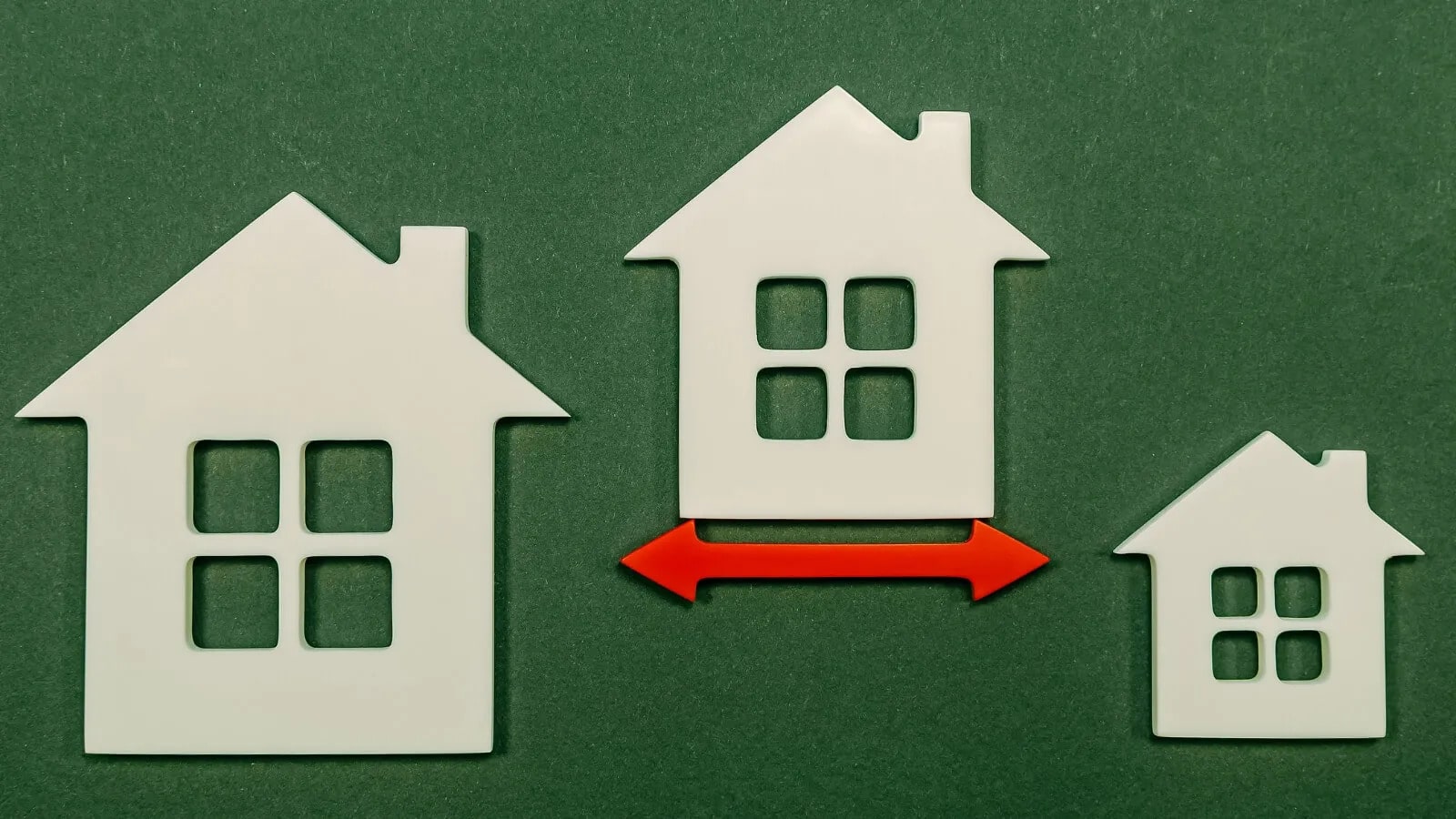Rental leases come in a variety of types and vary in length and terms. The most common types of rental leases are fixed-term leases, month-to-month leases, and sublease agreements. Each of these has its advantages and disadvantages for both renters and property owners. This guide will provide an overview of each type of rental lease, as well as the pros and cons for both residents and property owners.
Types of Rental Agreements

Fixed-Term Lease
A fixed-term lease is the most common type of rental agreement. It is a legally binding contract that outlines the terms of the rental for a set period of time, usually six months to a year. This type of lease typically requires the resident to pay rent on the same day each month, as well as any utilities. It is important to note that this type of lease is very hard to change or terminate once it is signed. This means that if the resident wants to move out early, they are still responsible for paying rent for the remainder of the lease.
One of the key advantages of a fixed-term lease is the stability it provides. Rent remains consistent throughout the lease term, offering residents assurance about their housing expenses. However, it’s essential to note that this stability can be a double-edged sword; while it prevents frequent changes in rent or terms, it also lacks the flexibility of month-to-month leases.
Month-to-Month Lease
A month-to-month lease offers greater flexibility compared to fixed-term leases. This type of agreement has no specified end date and automatically renews on a monthly basis until either the property owner or resident decides to terminate it.
The primary advantage of a month-to-month lease is the flexibility it provides to both owners and residents. It allows residents to give relatively short notice if they decide to move, and property owners can adjust rent or terms with reasonable notice. However, the lack of a long-term commitment can create uncertainty, and residents may face more frequent rent increases.
Sublease Agreement
A sublease agreement is a unique rental arrangement that allows a resident to rent out all or part of their rented space to another party, known as the subtenant or sublessee. This arrangement can be beneficial for the primary resident, as it provides an opportunity to reduce rental expenses or avoid paying rent during periods of absence.
While subleasing can be advantageous, it’s important to understand that the original resident (the sublessor) remains responsible for rent and potential damages. This makes subleasing a potentially riskier option, as the sublessee’s actions can directly affect the primary resident’s rental history and financial liability.
Joint Lease
A joint lease agreement is designed for multiple individuals who wish to rent a property together, typically used by friends, family members, or unrelated individuals sharing a living space. In a joint lease, all residents are equally responsible for the rent and adhering to the lease terms.
The primary advantage of a joint lease is that it allows multiple residents to share the financial responsibilities and obligations. This type of agreement encourages shared decision-making and ensures that each resident is legally accountable for their portion of the rent and any damages. However, it also means that all residents are equally liable for any lease violations or unpaid rent, which can be a drawback if one person doesn’t fulfill their obligations.
Short-Term Lease Pros and Cons

Short-Term Pros
From a Property Owner’s Perspective: Short-term leases can offer property owners several advantages. They provide the opportunity for higher rental income as landlords can adjust rents more frequently based on market conditions. Property owners also have more flexibility in screening residents and can make changes or upgrades to the property without disrupting long-term residents. Additionally, short-term leases can be appealing to property owners who want to maintain tighter control over their investments.
From a Resident’s Perspective: Short-term leases provide residents with flexibility and the ability to adapt to changing circumstances. This is especially beneficial for individuals who may need temporary housing due to job assignments, educational pursuits, or other short-term commitments. Short-term leases often have lower upfront costs, making them more accessible for renters who can’t commit to a longer-term contract.
Short-Term Cons
From a Property Owner’s Perspective: The primary disadvantage of short-term leases for property owners is the potential for higher turnover, which can lead to more frequent vacancies and increased maintenance costs. Property owners may also face higher administrative burdens associated with screening and signing new residents regularly. Additionally, the uncertainty of resident retention can make it challenging to predict rental income accurately.
From a Resident’s Perspective: The major drawback of short-term leases for residents is the lack of stability. Frequent moves can be disruptive and costly. Renters on short-term leases may also experience more uncertainty regarding future housing arrangements which may lead to more stress.
Long-Term Lease Pros and Cons

Long-Term Pros
From a Property Owner’s Perspective: Long-term leases provide property owners with a stable and predictable income stream. Fewer turnovers mean less time and money spent on advertising and resident screenings. Property owners can also develop stronger landlord-resident relationships, resulting in smoother interactions and property maintenance.
From a Resident’s Perspective: Long-term leases offer residents stability and security. Renters don’t have to worry about frequent moves, and they often enjoy lower monthly rents compared to short-term leases. A sense of belonging to a community can develop when residents commit to longer-term arrangements.
Long-Term Cons
From a Property Owner’s Perspective: Property owners who opt for long-term leases may have less flexibility to adjust rental rates to match market conditions. Additionally, if a resident proves problematic, such as consistently late payments or causing damage, it can be more challenging to remove them from the property with a long-term lease in place.
From a Resident’s Perspective: The primary drawback of long-term leases for residents is reduced flexibility. Life circumstances can change, and residents on long-term leases may find it difficult to relocate without breaking their lease, which can result in penalties or fees. Additionally, renters may be locked into a lease even if they are dissatisfied with the property.
The choice between short-term and long-term leases depends on the specific needs and preferences of both property owners and residents. Short-term leases offer flexibility but come with the trade-off of higher turnover and potential instability. Long-term leases provide stability and cost savings but limit flexibility. Balancing these factors is essential for making informed decisions in the world of real estate leasing, whether you’re a property owner or a resident.


